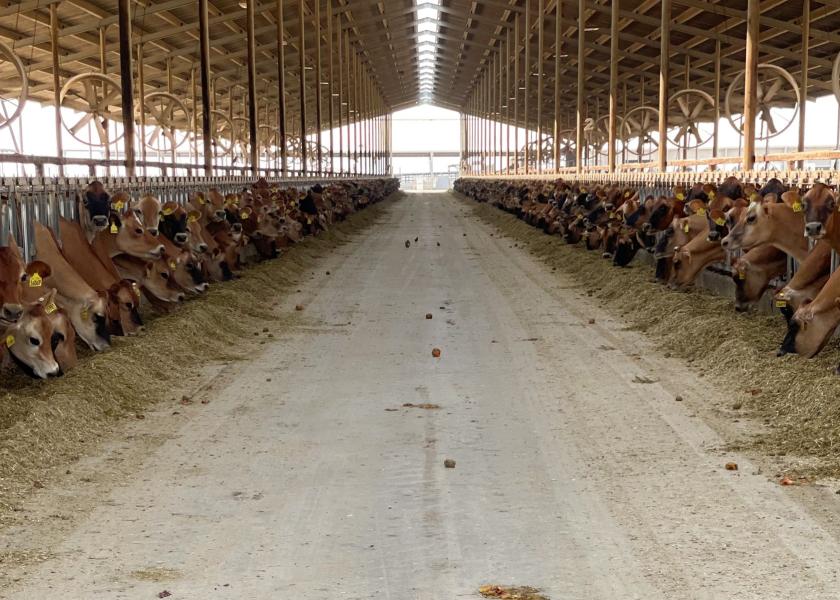Summers Over, But Water Crisis Still Remains Top Concern for California Producers

Water was once taken for granted in western states, like California. But now the tides have changed, and dairy farmers understand all too well the need for water is vital but also one that is not always guaranteed.
“As a dairy producer, this is an ever-growing challenge and is my top concern,” Ryan Junio, owner of Four J Jerseys in Pixley, Calif says.
Geoff Vanden Heuvel, the director of regulatory and economic affairs with the California Milk Producer Council shared on a National Milk Producers Federation (NMPF) podcast that the California water issue is complex and long-standing, and the state was developed without any regulations on groundwater. He also states that between 85-90% of California’s milk supply hails from the Central Valley.
“It’s a vast groundwater basin, millions and millions of acre feet of water reside under the ground, and it was never regulated,” he shares. “Dairyman found large tracks of ground that were available and as long as there was water underneath you, you could put wells in and construct the dairy and began to milk cows and grow feed around the dairy and all was well. California always depended on the Central Valley, a combination of groundwater and surface water.”
Vanden Heuvel says that surface water mainly comes from the rain and snow that occurs in the Sierra Nevada mountains, which is directly to the east of the Central Valley.
“For many years it was a combination of surface water and groundwater that sustained agriculture in California and created really what is an agriculture marvel in the world. I mean, we grow about 250 different agricultural crops and become home to the nation’s largest dairy industry. Water, it was there, there was a lot of it and there wasn’t a huge barrier to accessing it. So, it wasn’t something we spent a lot of time thinking about,” he says.
But now farmers don’t just think about water, they desperately need water to grow crops.
Junio shares that he while he did have enough water to grow crops on all their acreage this year, he says that is because their ground water wells have held up and they have transitional water they can use for their farm. Four J Dairy includes 11,000 registered Jerseys, with 4,200 milk cows and farms 1,600 acres that include alfalfa, corn, wheat and almonds.
“Transitional water goes away by 2040,” he shares. “If this drought continues, then cutbacks may be in the future and traditional water may have to be ratcheted down.”
Thomas Borch with Colorado State University will address the water crisis and talk about how we will feed our cows in the future at the Milk Business Conference in Las Vegas, Nev., on Dec. 14th. You can still register to attend the conference at: MILK Business Conference 2022 (farmjournal.com)







